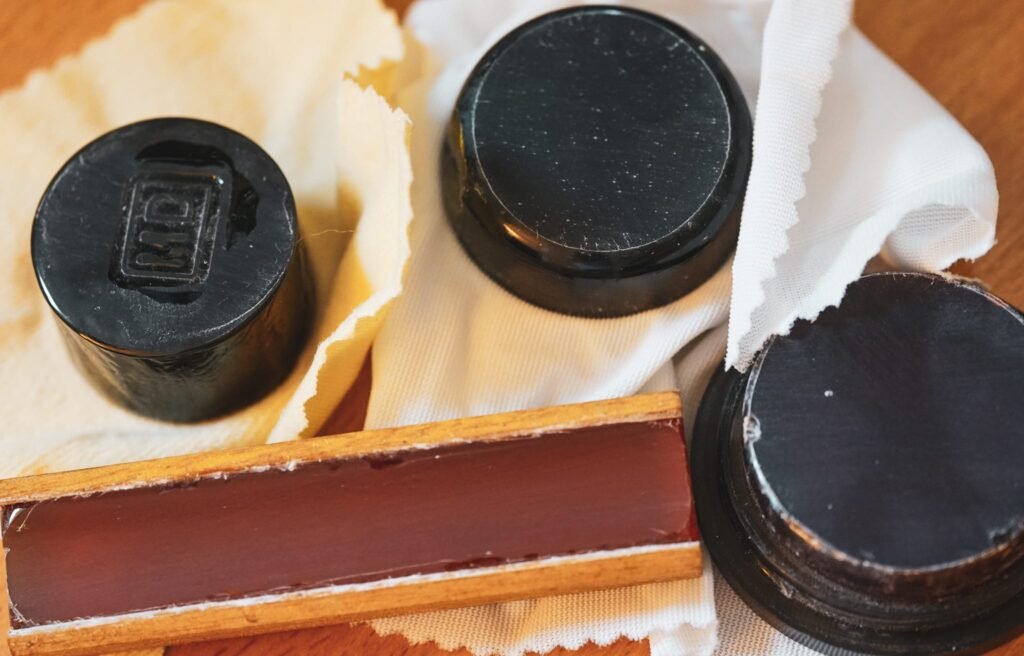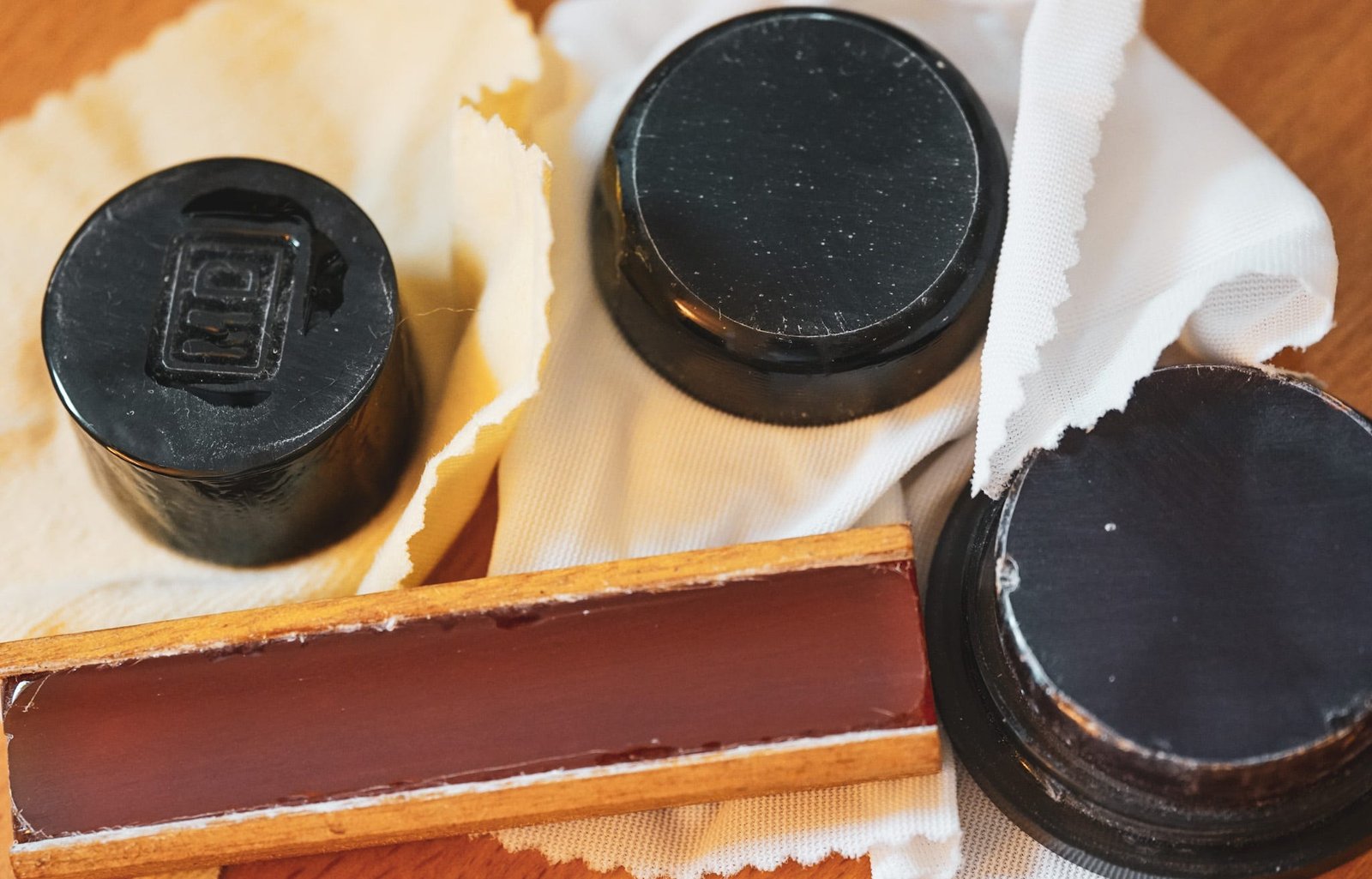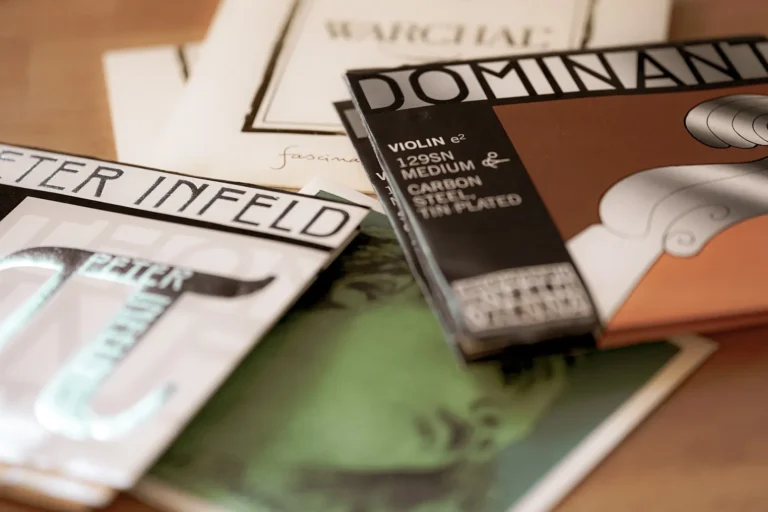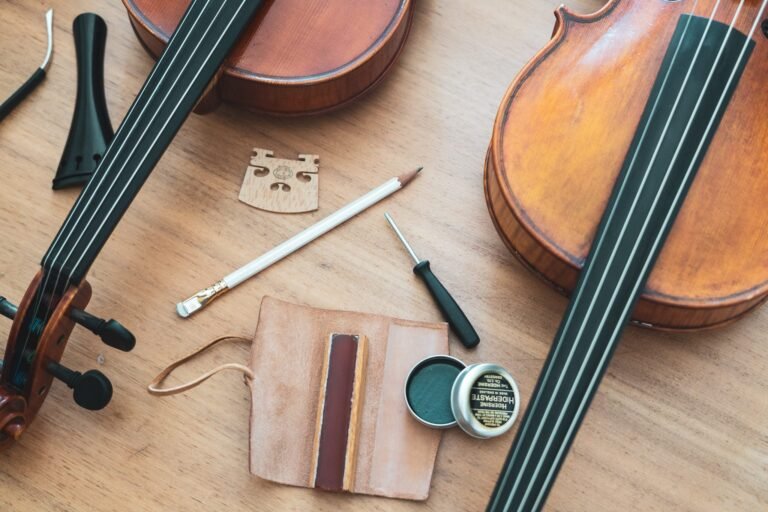The Best Rosin for Every Type of Violinist
I tried more rosin brands than I’d like to admit, and these are my favorites

The best violin rosin in the world won’t make me a better violinist, but that didn’t make me any less inclined to try every rosin I could get my hands on. There are so many brands of rosin that it would actually be quite difficult, and expensive, to try them all, but I’ve tried more violin rosin than I’d care to admit. I had so many cakes of rosin that I gifted some of them to my teacher who, as a professional orchestral musician and music teacher, has more opportunity to use them than I do. Now she claims to have rosin for life!
I now have a few personal favorite brands of rosin that I rotate between depending on the season, the strings I am using, the current state of my bow hair, and sometimes even my mood. Do I want to play loudly? I choose Cecilia Solo. Do I want to play beautifully legato? I rosin my bow with Leatherwood supple. When I want some extra grit on my baroque bow, I pull out my blue velveteen pouch of Bernardel. When I’m playing the viola or if I want my rosin to perfume the air, I choose Melos dark rosin.
The ideal rosin for a violinist will depend a lot on the violinist’s playing style, choice of strings, and the climate where the violinist plays. I have some recommendations for other violinists based on my experience trying different rosin brands over the past several years.
Types of Rosin
There are two main varieties of rosin, light, and dark. Light rosin is usually harder and less sticky and is better in more humid climates. Dark rosin is usually softer, stickier, and better for drier climates or violinists who like a grippier bow feel. It is also good for violists and cellists who play larger instruments with thicker strings where the extra grip is a benefit.
Not all rosin is created equal. The generic rosin in a wooden block that came with my violin rental as a kid does far less for a violin bow than any of the rosins I’ve tried as an adult. These cheap generic rosins are usually dried out and encourage overuse because they don’t add enough grip to a bow.
Tip: Use Rosin Sparingly
Regarding overuse, you probably need to use less rosin than you think. You don’t want clouds of rosin dust coating your violin as you play. Warning: If you don’t wipe it off, it might permanently meld with your varnish, adding a dull, blackish, gross coating on your violin. I have unsuccessfully tried to remove excessive rosin from an instrument that was sadly permanently marred by excess rosin dust
The best rosin for any violinist
The Millionaire
Recommendation: Leatherwood
This is the most expensive rosin on my list. In my opinion, it is ludicrously expensive. I feel very fancy when I open the rosin’s leather wrap to apply it to my bow. It is fantastic rosin that comes in beautiful packaging: a slender wooden block with a leather wrap. It comes in multiple varieties. I would describe the sound that Leatherwood rosin produces to be silky-smooth. There isn’t any of the noticeable grit in the sound that I detect when I use Bernardel. But this rosin is expensive, so expensive that I had to mention it three times! It does make a luxurious gift for a violinist, and I was very pleased when I received mine as a holiday gift a few years ago.
The Dreamer
Recommendation: Melos
Melos is the only rosin I have used that smells like a pine forest. I have a baroque viola bow with black horsehair that brings out so much of this scent that I almost feel like I am among the trees when I play with it. It also works very well. I have the dark variety which gives me enough grip, but not so much that my sound is gritty.
The Pragmatist
Recommendation: Bernardel or Millant-Deroux
Bernardel
A well-respected archetier in my area recommends Bernardel rosin. It is one of the lower priced rosins on this list that comes in a high quality velveteen bag. The rosin itself is quite grippy, and popular with violinists, violists, and cellists. I don’t like how much grit it adds to my sound, but other than that, it is a high quality, top performing rosin that many prefer.
Millant-Deroux
My local violin shop supplies this rosin with rentals. It comes in a little plastic box that can help protect the rosin from breaking, and it works quite well. It has a good amount of grip, but it doesn’t add a lot of grit to the sound. The brand also offers some other varieties of rosin of different densities that also work quite well. One of their lighter varieties is called “Gold and Silver.”
The Diva
Recommendation: Cecilia Solo
This rosin is the second most expensive on my list. I have had a weird experience with this rosin. When I was using Thomastik brand strings, I hated it. It seemed to clog up my strings in a way that caused my bow to lose grip and it drove me crazy. I didn’t understand why so many people love this rosin. After switching to Larsen strings and having difficulty with my bow getting a good grip on the strings, I tried the Cecilia Solo again and it resolved a lot of my issues with the strings. And strangely enough, I have yet to experience the issues that I had with the rosin when I used Thomastik strings. The rosin does have a rather aggressive sound, hence the “solo” in its name, but this can be a good thing when it comes to sound projection. Use this rosin when you want to be heard!
The Fiddler
Recommendation: Bernardel
This rosin has a good amount of grip and I think the extra grit it adds to the sound would be beneficial in playing fiddle styles.
What is your favorite rosin? Leave a comment below!



